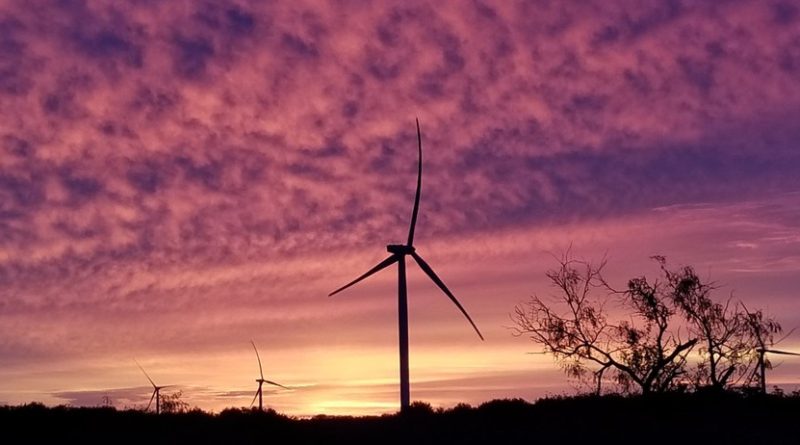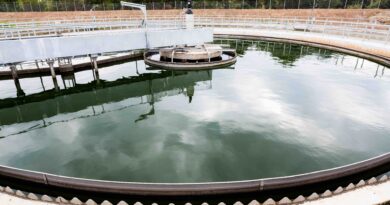Winds of Change: How New Policies and Reports Are Propelling U.S. Wind Energy Forward
The U.S. wind energy sector is experiencing rapid growth, driven by the Inflation Reduction Act and significant investments, with wind now supplying over 10% of the nation’s electricity and supporting more than 125,000 jobs. The DOE’s 2024 market reports highlight the expansion of both onshore and offshore wind, projecting continued growth and technological advancements that will further boost capacity and reduce emissions.
According to Energy Connects, the wind energy sector in the United States is catching a fresh breeze, driven by groundbreaking policies and a surge of investment. This momentum is captured in the US Department of Energy’s (DOE) recently released 2024 market reports, which outline significant developments in the wind industry. The reports paint an optimistic picture of the future, highlighting how the Inflation Reduction Act (IRA) has catalysed growth and investment, even as the industry navigates challenges.
Under the leadership of President Biden and Vice President Harris, the past year has been transformative for wind energy. Wind power now contributes over 10% of the nation’s electricity, with an impressive US $10.8 billion invested in new capacity. The industry also supports more than 125,000 jobs across the country, making it a critical component of America’s clean energy future.
Policy winds at the back of the industry
The passage of the IRA has been a game-changer for the wind sector, leading to a 30% increase in near-term deployment forecasts. By 2026, annual growth is expected to exceed 15 gigawatts (GW), with nearly 20 GW per year projected by the decade’s end. This surge is supported by the expansion of the domestic supply chain, with 15 new or revitalised wind manufacturing facilities launched since the IRA’s enactment.
“The United States is committed to investing in technologies to accelerate the deployment of wind energy and bring more renewable electricity onto the grid,” said Eric Lantz, director of the Wind Energy Technologies Office at the DOE. Lantz emphasised the DOE’s ongoing collaboration with stakeholders to advance the industry and ensure a sustainable energy future.
Onshore and offshore wind: twin pillars of growth
The 2024 reports highlight robust growth in both onshore and offshore wind sectors. According to the Land-Based Wind Market Report, prepared by the DOE’s Lawrence Berkeley National Laboratory, the US added nearly 6,500 megawatts (MW) of new land-based wind capacity in 2023, bringing the total to nearly 150,500 MW. This capacity is enough to power approximately 45 million homes.
Notably, wind energy now supplies more than 59% of Iowa’s electricity, over 55% in South Dakota, and more than 40% in both Kansas and Oklahoma. Texas led the nation in new installations, adding 1,323 MW in 2023, followed by Illinois and Kansas. Offshore wind is also making waves, as detailed in the Offshore Wind Market Report from the DOE’s National Renewable Energy Laboratory. The offshore wind project pipeline grew by 53% last year, with a total capacity of over 80,000 MW, enough to power more than 26 million homes if fully developed. Despite economic challenges, including rising interest rates and supply chain constraints, the offshore wind industry is poised for significant expansion. By 2035, the US could have 40 GW of offshore wind capacity installed.
Technological advancements and economic impact
One of the most exciting trends in wind energy is the ongoing technological innovation. Wind turbines are growing larger and more efficient, with the average capacity of new installations rising by 23% since 2020. This increase in size and power allows turbines to capture more wind, generating electricity at a lower cost. The benefits extend beyond the grid, with wind energy contributing significantly to public health and climate protection by reducing harmful emissions



